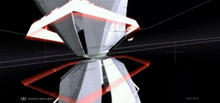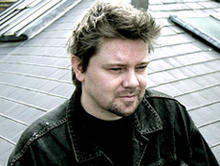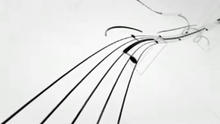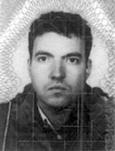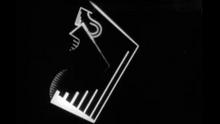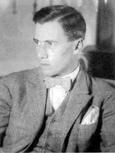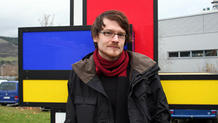Autechre: plyPhon
(2008)by Lucio Arese is an unofficial-non commercial video for plyPhon, a song from the Autechre release Quaristice. Every visual element is connected to a sound event; the whole video is intended to be like a sort of virtual score.
The whole video is intended to be like a sort of virtual score that develops itself in a continued run, according to the music.
Source: Lucio Arese on Vimeo
This un-official music video by designer/architect Lucio Arese, is a visual representation of the track plyPhon on the Autechre release Quaristice. Obviously inspired by the Autechre: Gantz Graf video, Lucio has created visual elements connected to the sound events, creating a virtual score that develops itself in a continued run. Not as stunning as Gantz Graff, it does manage to explain Autechre's abstract track.
Source: Teambril




